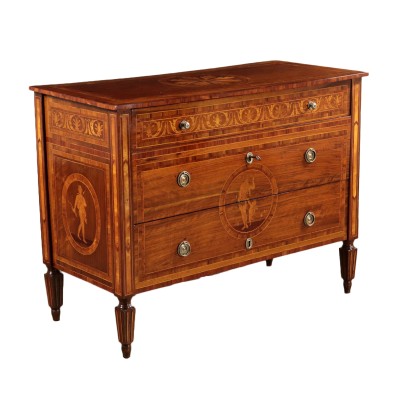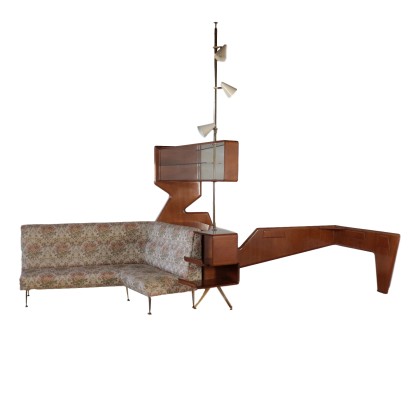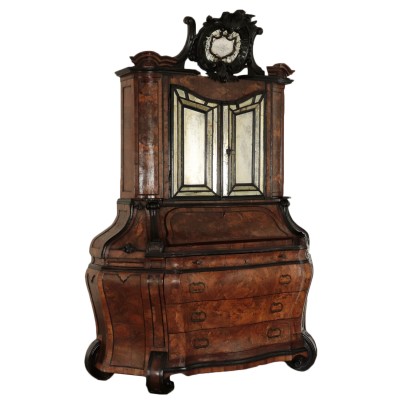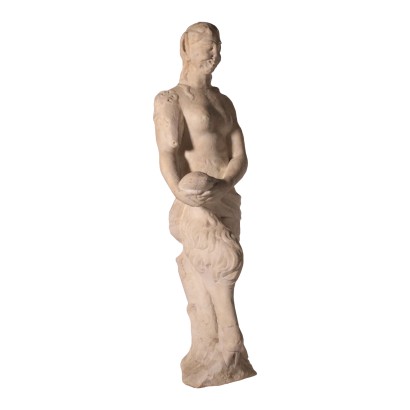Chest of drawers inlaid
Features
Style: Neo-Classical (1765-1790)
Age: 18th Century / 1701 - 1800
Origin: Piacenza, Italy
Main essence: Walnut
Description
Chest of drawers with three drawers one of which is the sub-floor and the two largest with the chain concealed in order not to break the design. the mobile is made of walnut with inlays in solid olive wood, bois de rose, maple, stained and other types of wood; threading the various decorating the chest of drawers, on the sides two medallions with depictions of Flora and Diana, on the front enclosed in a medallion of Venus and Cupid.; the floor has a large rose window fogliaceo. Handles later.
Product Condition:
Product in good condition, has small signs of wear and tear.
Dimensions (cm):
Height: 93
Width: 124,5
Depth: 56
Certificate issued by: Enrico Sala
Additional Information
Style: Neo-Classical (1765-1790)
This historical period includes a first phase that can be properly defined as the Louis XVI style.nOnly at a later time, with the maturation of archaeological fashions, was a new vision of furnishing civilization formulated and codified, now fully attributable to the Neoclassical Style.
In fact, both trends coexisted in unison until the last years of the eighteenth century.
nIn the field of cabinet making, the Directoire, Retour d'Egypte, Consular and Empire styles also fall within the neoclassical era.
nFind out more about Neoclassicism with the insights from our blog...
n









































